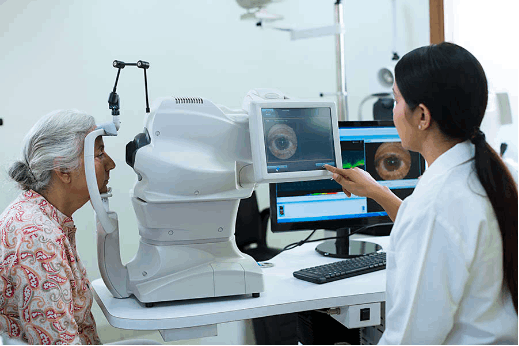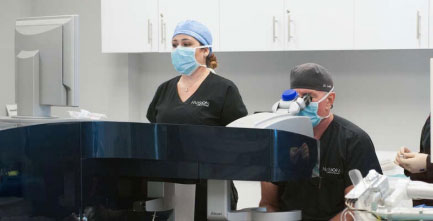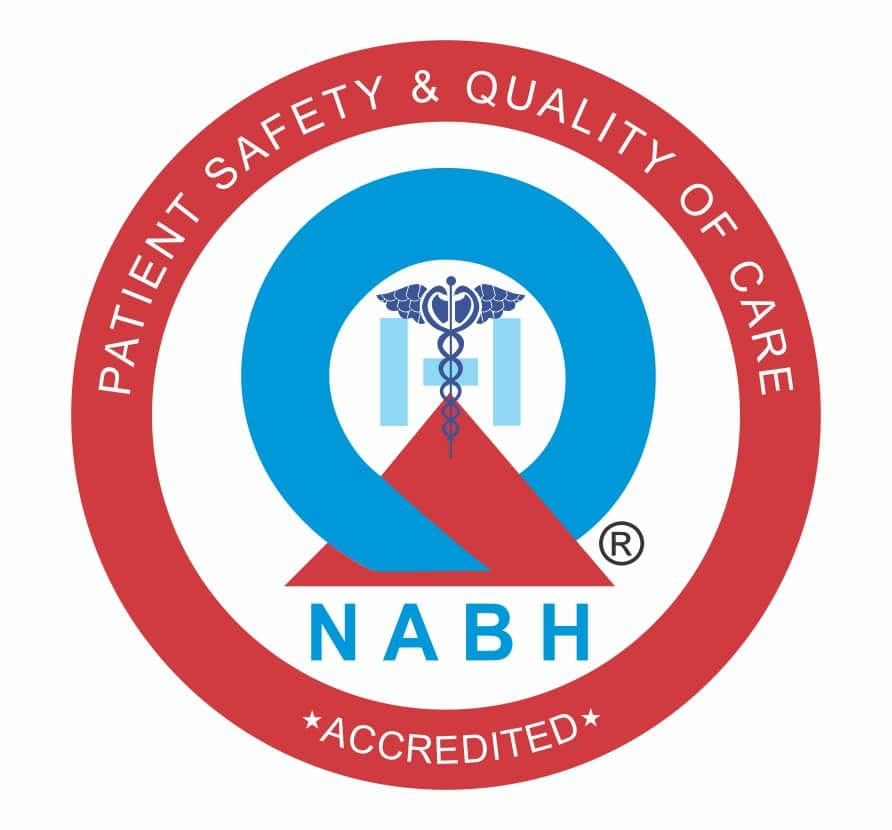The LASIK procedure has helped millions of people around the globe improve
CUSTOMIZED LASIK PROCEDURE TO CORRECT BLURRING OF VISION
- The LASIK procedure has helped millions of people around the globe improve their vision by correcting common refractive errors, like near sightedness, farsightedness, and astigmatism.
- Custom LASIK uses a computer called a wavefront device to measure your individual cornea, examining aberrations and calculating how to improve your vision while maintaining the original overall shape of the cornea. In contrast, traditional LASIK is programmed based on the prescription of your glasses or contact lenses, which does not take your corneal aberrations into account.
- Most people report fewer side effects, especially light distortions and night-driving issues, with custom LASIK. It is more expensive, not covered by insurance, and not necessarily more effective than traditional LASIK, however. Custom LASIK could be a good option for you, so speak to your optometrist.

WHAT IS CUSTOM LASIK?
Laser-assisted in-situ keratomileusis (LASIK) is a type of vision-correcting surgery that uses guided lasers to reshape the cornea of the eye, which in turn refracts light correctly back onto the retina, creating a clearer image of the world. LASIK, approved by the U.S. Food and Drug Administration in 1998, is one of the most popular types of outpatient surgeries for refractive errors, like near sightedness, farsightedness, and astigmatism.
These errors are caused by problems with the shape of the cornea, which is a lens that refracts light onto the retina, so it can be sent up the optic nerve to be processed into an image by the brain. Without properly refracted light, the image sent through the optic nerve is blurry or doubled.

By using guided lasers, LASIK removes small amounts of the cornea to reshape it, so light is refracted properly onto the retina. This creates clearer vision, ranging from 20/40 to 20/20 sight.
- Are a legal adult, ages 18 or older.
- Have no history of eye disease, infection, or scarring.
- Have a corneal thickness that is appropriate for the procedure.
- Have mild to moderate near sightedness, farsightedness, or astigmatism.
- Have farsightedness that is not caused by age (presbyopia).
ADVANTAGES OF CUSTOM LASIK
- There are several potential advantages to custom LASIK compared to traditional LASIK. The greatest is that traditional LASIK does not measure your specific corneal aberrations, including areas that may be thinner than others.
- Custom LASIK reportedly improves not just the clarity of your near and far vision, as measured by the Snellen chart, but it can also improve other qualities in how you see, such as contrast sensitivity and fine vision. Improving other aspects of your vision can reduce some of the side effects associated with traditional LASIK, especially difficulty with night vision.

THERE ARE COMMON SIDE EFFECTS ASSOCIATED WITH LASIK, BOTH TRADITIONAL AND CUSTOM.
- Dry eyes
- Glare, halos, or starbursts around lights
- Hazy or blurry vision
- Discomfort, itchiness, or pain in the eye
- Difficulty driving at night Other issues with night vision
- Inflammation
- Infection
- Light sensitivity
- Overcorrection, leading to trouble focusing and headaches
- Under correction, meaning the refractive error is still distorting or blurring vision

These typically go away, the more serious ones with treatment. In a very small number of cases, these side effects will become permanent. The advantage of custom LASIK means that some of the side effects are less likely to occur and less likely to be permanent.
94 percent of participants achieved vision that was 20/20 or clearer. They were more likely to say that they were “very satisfied” with the outcomes of the procedure, compared to traditional LASIK, and they were especially satisfied with their night vision compared to when they wore glasses or contact lenses.
DISADVANTAGES OF CUSTOM LASIK
- There are a few disadvantages to custom LASIK, which are also possibilities with traditional LASIK, including side effects like dry eye, glares and halos, and night vision problems. Both procedures are outpatient, with recovery taking just a few days. Both procedures are elective, meaning they are not likely to be covered by insurance.
- While custom LASIK reduces some risk of side effects and can improve visual acuity, these improvements are minimal compared to traditional LASIK.
- Although there are improvements when customizing the procedure to your cornea, it is important not to expect completely perfect vision at the end of any LASIK procedure, whether it is custom or not. Most eye surgeons are clear that 20/40 vision is the minimum for success after any surgery correcting a refractive error. Many people do achieve 20/20 vision, but that can change over time, especially after turning 40 years old because presbyopia becomes more likely.
- Eight out of 10 people who receive LASIK, both traditional and custom, report that they no longer need glasses or contact lenses. In some instances, you may need corrective wear for driving or reading, depending on what your refractive error was prior to the procedure.
- Even with custom LASIK, if your refractive error is gradually getting worse, this problem will continue. If you start with near sightedness, for example, that leads to needing stronger glasses or contact lenses every two or three years. Your near sightedness will continue to get worse over time if you have a LASIK procedure even if it is customized to your cornea.
CORRECTING REFRACTIVE ERRORS WITH EITHER TRADITIONAL OR CUSTOM LASIK
TRegardless of which procedure you choose, LASIK is popular because the recovery time is between one and three days at home, and most people who undergo the operation return to work the next day. The majority experience full vision improvement over a course of a few weeks at most, and many do not need glasses or contact lenses for decades after the procedure. Working with an optometric surgeon for custom LASIK could improve some of your outcomes, so talk about both traditional and custom LASIK with your surgeon.
WE PROMISE OUR PATIENTS PEACE OF MIND
During the consultation, we will ask you about your eye health history and your medications, and perform some tests. You will then be examined by the surgeon who will discuss your treatment options. Your personal Patient Counsellor will help you throughout the process.
Your Counsellor can review payment options and schedule you for surgery and related appointments, such as pre- and post-operative exams. Prior to your procedure you will have a dilated eye exam, and you should discontinue wearing your contact lenses and begin taking eye drops as instructed.


Plan to be at the center for two to three hours the day of your procedure. ICL eye surgery is a fairly brief outpatient procedure. Your surgeon dilates your eyes, and gives you a local anesthetic to numb the area. A tiny incision is made, and the clear lens is slipped between your iris and your eye’s natural lens. The day of your procedure should be a day of rest.
POST-PROCEDURE
Your Patient Counsellor will give you detailed post-operative instructions & eye drop regimen for your recovery. After ICL surgery, you’ll need several follow-ups with your eye doctor. Visual recovery is rapid, and you can expect noticeable improvement within a day or two. Most patients are generally able to return to their normal activities within two or three days following their procedure.

CONSULTATION
During the consultation, we will ask you about your eye health history and your medications, and perform some tests. You will then be examined by the surgeon who will discuss your treatment options. Your personal Patient Counsellor will help you throughout the process.
Your Counsellor can review payment options and schedule you for surgery and related appointments, such as pre- and post-operative exams. Prior to your procedure you will have a dilated eye exam, and you should discontinue wearing your contact lenses and begin taking eye drops as instructed.


